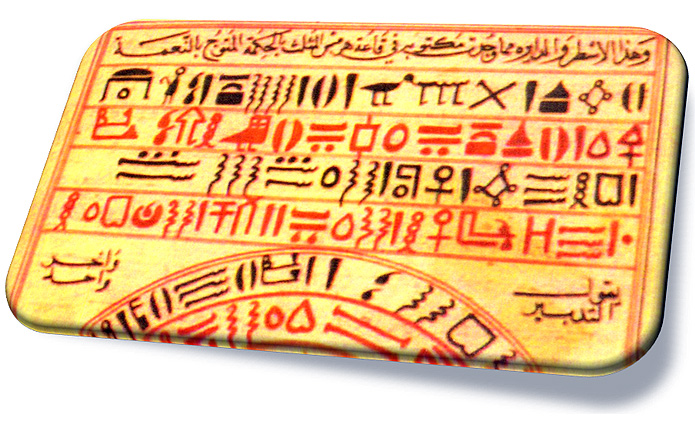Steven Avery
Administrator
History: fiction or science?. Chronology 1
Jesus Christ was born in 1153 AD and crucified in 1186 AD. Unbelievable? Not since the release of the first volume in seven of "History: Fiction or Science?" series. This series crowns 30 years of research by Anatoly Fomenko and his colleagues. In Chapter I readers are reminded of when the...
books.google.com
In the case of old documents the evidences of their discoveries are far more difficult to obtain than proofs of their originality. Something in the documents themselves may prove or disprove this, but discovery is as likely to be made by some individual in a solitary place, nay, even very probably in secrecy; for who, seeking for old documents, is likely to ask or to obtain any one to accompany him on such an uncertain mission; and who, discovering them accidentally, is likely to be accompanied by any witness? Moreover, how such documents come into learned men's hands, we all know it is not always convenient to tell. These remarks apply very generally, and are not meant to apply specially to the "great row" now going on in the British archæological world. We, last week, noticed the exhibition of papyri and manuscripts by M. Simonides before the Royal Society of Literature, and stated that these objects would remain two days for free inspection. The learned have availed themselves of the occasion, and many have been, seen, and departed, we will not say believing, but some perhaps as wise, some perhaps wiser, and some perhaps less wise than they came. For the present, at least, we had rather not express much opinion as to who is right and who is wrong, as the Royal Society of Literature will, probably, comment on the exhibition at their next meeting. M. Simonides professes to be a champion of truth. The very numerous manuscripts he is reputed to possess, must have come into his hands, no doubt, by very various means. For some we have his special statements; and the two now causing the greatest excitement are the Mayer papyri and one volume of a reputed set of twentyfour or twenty-five palimpsest volumes-the Uranius.
Empirico-Statistical Analysis of Narrative Material and its Applications to Historical Dating
Today the methods of applied statistics have penetrated very different fields of knowledge, including the investigation oftexts ofvarious origins. These "texts" may be considered as signal sequences of different kinds, long genetic codes, graphic representations (which may be coded and...
books.google.com
Last edited:











